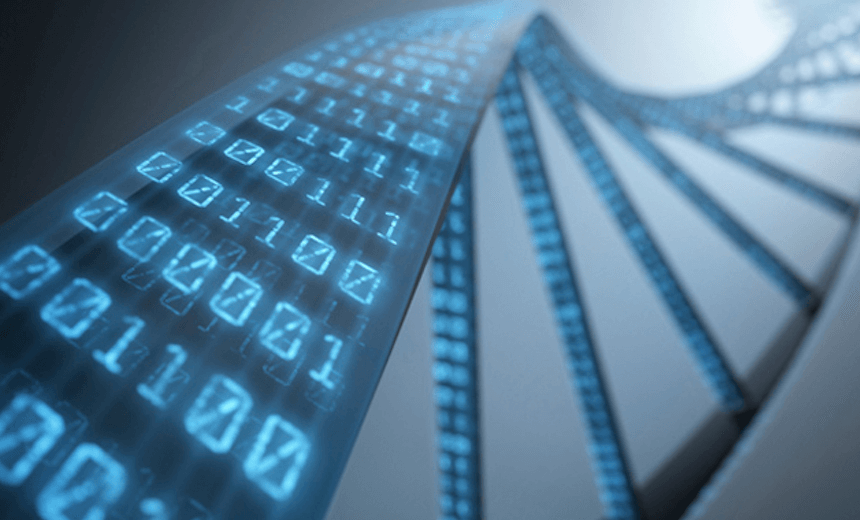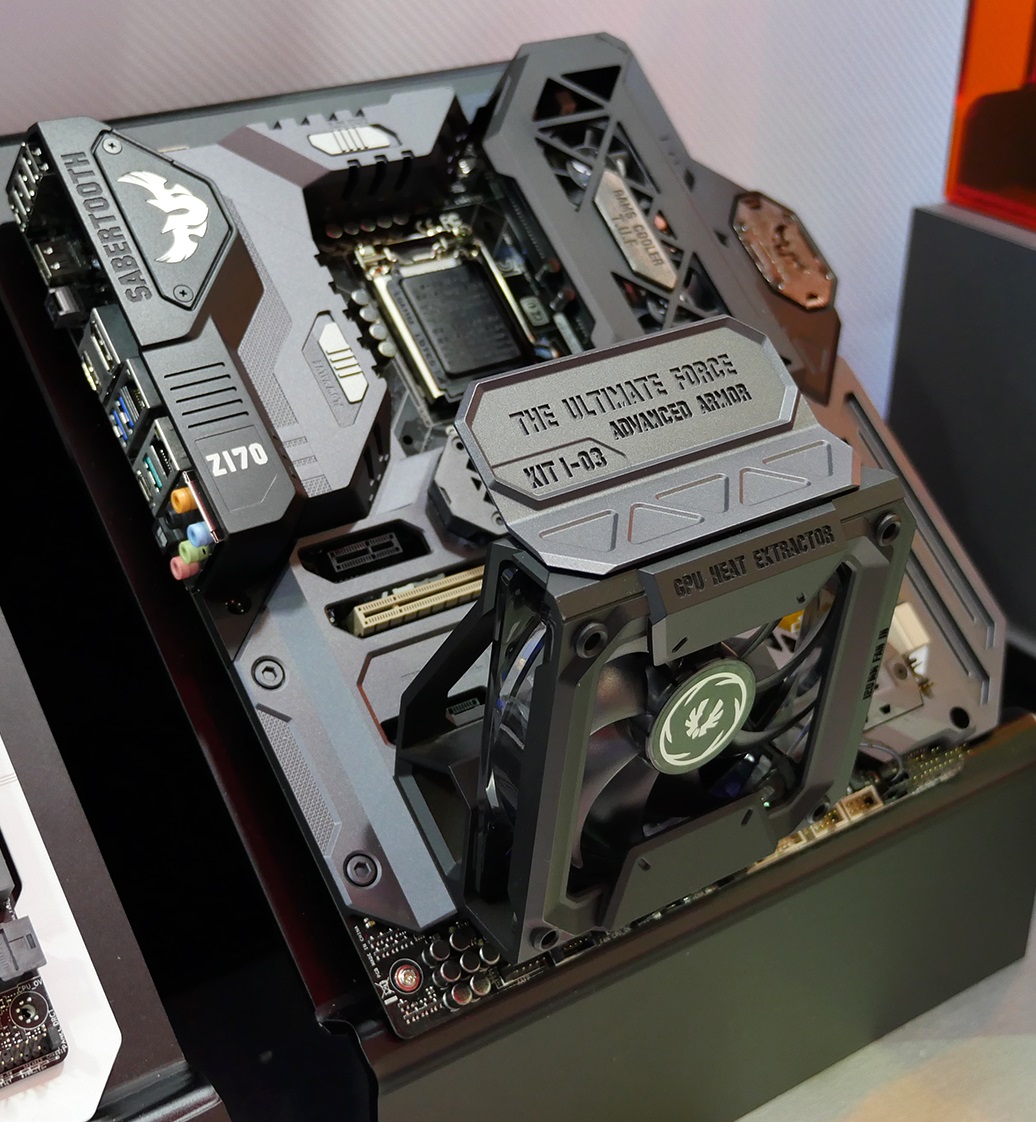Data released from the Experts Exchange advise that the guidance systems that were used to take astronauts to the moon in the Apollo missions have just twice the capability as that of the of old Nintendo Entertainment System (NES). All computerization requires resources, especially silicon which is used to make chips. But, if we keep using more and more of it, eventually it will be depleted as a resource that can be used. So, how do we get around this problem?
Scientists are now suggesting that memory devices are run on DNA rather than silicon wafers. This is because our human genome makes up the data that we are and like computer data, it can be stored and recorded. So, scientists have now devised a way to work with DNA as a form of storage. By using the knowledge that all genetics are based on the order of four molecules, scientists were able to find a way to translate binary data into genetic code.
Is this really a possibility moving forward? Could this form of genetic storage replace the silicon chips that are currently in use? There are many benefits to this method, including the low power it needs to function and its durability. But, there are still many questions that remain unanswered including, “Can the data be retrieved back and read back in some form of human language?”, Or “Is it possible to rewrite data if need be?” These questions and more will of course need to be answered before genetic data storage will be on the cards for the mainstream. But if scientists do manage to get to the bottom of it then it could just be the new form of data storage we will see in our fast-approaching futuristic futures.
More News To Read











